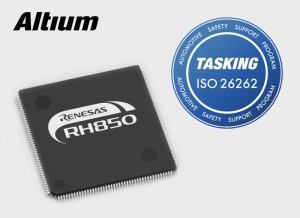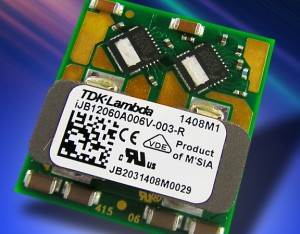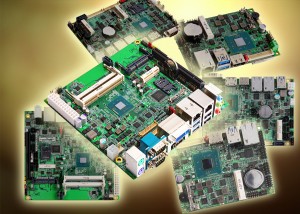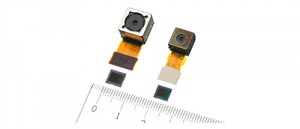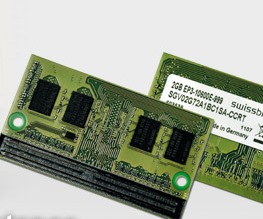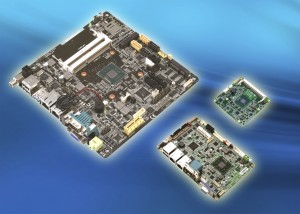 Review Display Systems (RDS) is offering three embedded boards from AAEON based on Intel’s latest Baytrail range of CPU platforms.
Review Display Systems (RDS) is offering three embedded boards from AAEON based on Intel’s latest Baytrail range of CPU platforms.
For handheld and space conscious applications, where users have configured their own base board, using the compact COM Express Type 6 format CPU module, the COM-BT, is available in single, dual and quad core versions, based on the Intel Atom E3815 (single), E3827 (dual) and E3845 (quad) processors.
It will support up to 4Gbyte DDR3L 1066/1333MHz SODIMM, two SATA 3Gbit/s I/O ports and an option 4GB eMMC port.
The board supports two simultaneous display outputs: VGA, DVI, HDMI, DP and eDP. There is also a high-definition audio interface and support for Intel Gigabit Ethernet.
The GENE-BT05 is a 3.5-inch, feature rich industrial sub-compact motherboard and features Intel Celeron N2930/ N2807 processors, with 204 pin SODIMM DDR3L, maximum 8Gbyte of system memory, and twin Gigabit Ethernet.
It supports CRT/LCD, HDMI/LCD simultaneous or dual view displays. A four-, five- or eight-wire resistive touch screen is available as an option.
The largest of the three formats is the EMB-BT1 thin Mini-ITX embedded motherboard is based on Intel Atom E3845/E3825 processors, delivering 1.91GHz and 1.33GHz respectively. The dual display board supports VGA, HDMI and LVDS and has SATA 6Gbit/s x 2 and SATA 3Gbit/s x 2 I/O ports.

